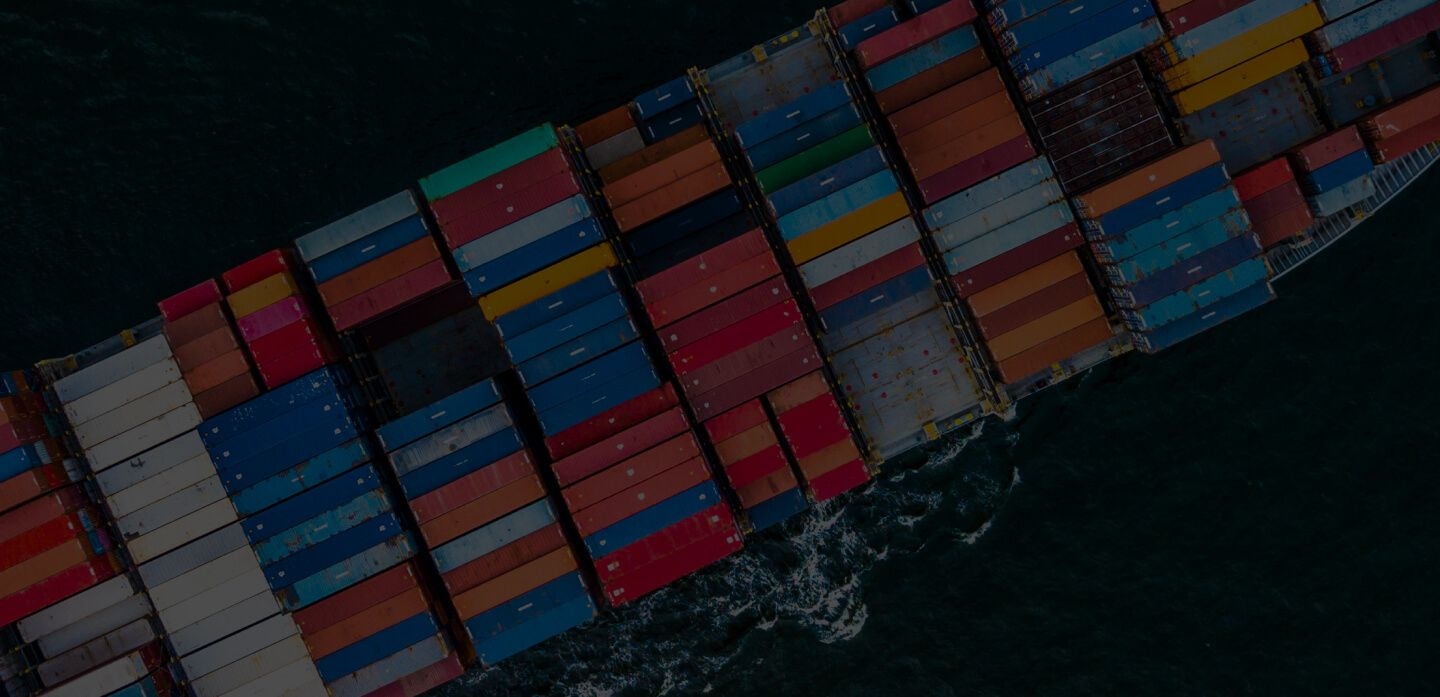
What is SOLAS VGM?



![]()
What is the SOLAS VGM?
The SOLAS VGM (Verified Gross Mass) is the declaration of the accurate gross mass of a packed container under the International Convention for the Safety of Life at Sea (SOLAS). It requires the overall weight of all containers to be loaded onto a shipping vessel to be declared.
While it had always been a requirement to declare the gross mass of all containers, the added requirement of verifying the mass adds an extra layer of security. It corroborates the information declared by shippers in order to ensure proper stowage and stacking of containers on vessels to avoid collapse and/or loss. The new regulations came into effect on 1 July, 2016.
There is no way around the SOLAS VGM requirements and no exceptions to the regulation. Shippers who fail to produce a proper VGM certificate will result in their containers being denied loading.
SOLAS VGM requirements
These are the two main mandatory requirements of the SOLAS VGM:
- The shipper/exporter is the party responsible for providing the verified weight. This needs to be indicated on the shipping document and submitted to his representative (freight forwarder), who will submit it to the terminal with enough time in advance to prepare the ship’s stowage plan.
- The verified gross mass is a condition for loading a packed container onto a ship. I.e. Vessel operators can only load containers whose weights have been verified onto their vessels.
How to verify gross mass?
There are two methods you may use to verify the gross mass of your packed container that comply with SOLAS regulations:
- Method 1: After packing your cargo into your container, the entire container is taken to a accredited and certified equipment where it’s properly weighed.
- Method 2: Weigh all packages and cargo items separately. This includes the mass of all pallets, dunnage and other material you may have used for packing of your cargo. Add the container’s tare mass to get an overall mass.
Please note that Method 2 may not be practical for shippers of bulk commodities like iron ore, grain, etc.,
You may use your own weighbridge, or that of a third-party or port’s, as long as the VGM certificate is issued by a weighbridge accredited by the Maritime Authority of the country in which the packing of the container takes place.
For more information, you may visit the IMO’s page on verification requirements.
Related Articles


